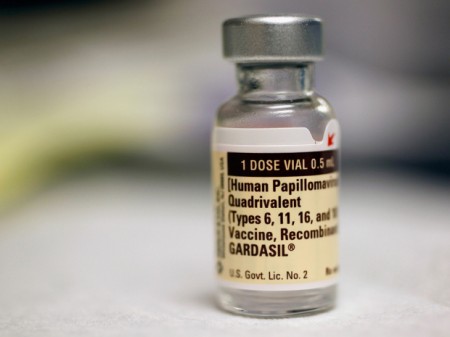Source: news.nationalpost.com
Author: Robyn Urback
For years now, groups including the Canadian Medical Association, the Canadian Cancer Society and the National Advisory Committee on Immunization have been petitioning the Ontario government to cover the cost of the HPV vaccine for boys. Since 2007, the province has paid to immunize girls against the common sexually transmitted infection — which is known to cause cervical, vaginal and other cancers in women, and mouth and throat cancers in men — but boys still have to shell out around $400 or more for three doses (though recent studies show that two doses may be sufficient) of the demonstrably effective, safe vaccine.
Alberta and Prince Edward Island already cover the cost of the immunizations for both boys and girls, and so too will Nova Scotia as of this coming fall. And there’s good reason for that: doctors say that the rates of oral cancers among men have risen dramatically over the past several years, with HPV present in about two-thirds of cases. The good news is that the survival rate of these HPV-positive cancers is about 80 per cent; the bad news is that there can be lifelong effects, including problems with swallowing, hearing, tasting and in extreme cases, dependence on a feeding tube.
But here’s more good news: we know the HPV vaccine works. In the U.S., for example, it has been shown to reduce the rates of infection among 14- to 19-year-old girls by more than 56 per cent since it was introduced in 2007, and there are indications it might be similarly successful among boys. So with such obvious benefits, why would Ontario choose to leave half of its young population exposed?
Money. Obviously. According to a statement released by the Ministry of Health a couple of weeks ago, the province has put off expanding its vaccination program to boys in order to evaluate “economic and societal factors.”
There’s no question that these vaccines don’t come cheap, but they certainly don’t cost as much as treating a patient with oropharyngeal cancer, and indeed there may long-term savings — anywhere from $8 million to $28 million per year, as a recent study has shown. Furthermore, the immunization program in Ontario now depends on the notion of “herd” immunity, whereby the spread of the infection is contained if a large enough proportion of the population is inoculated. That means, essentially, that 15-year-old boys in Ontario today are left to either trust that the girls around them have been vaccinated, or to fork over the money in order to protect themselves. (This also leaves boys who might contract the virus from other boys completely exposed to the infection).
It is true that the prevalence of throat cancers among men in Ontario is still relatively low, but according to a 2011 study published in the Journal of Clinical Oncology, if trends continue the way the are, the rates of HPV-positive oropharyngeal cancer in the U.S. will surpass that of cervical cancer by the year 2020. It’s also likely that the cost of the vaccine will come down over the next few years (indeed, it used to be prohibitively expensive at more than $500 for a full course), especially as old patents expire and new versions of the vaccine become available. But here’s the most compelling reason why Ontario should expand its HPV vaccination: boys deserve to be protected from a cancer-causing infection, too. Alberta, Nova Scotia and PEI get that; it’s a shame Ontario still needs to think it over.


Leave A Comment
You must be logged in to post a comment.